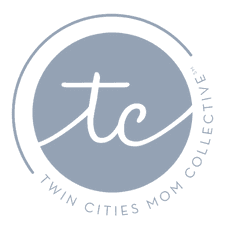
Many of us fondly recall the joy of endless hours of outdoor play each summer, but did you know that during these carefree times you were also nurturing skills essential to succeed in school and in life?
Research continues to tell us about the importance of play– especially outdoor play. Playing outside allows children to explore nature plus develop coordination, strength and self-confidence. It also nurtures STEAM skills (Science, Technology, Engineering, Arts and Math) and Executive Function skills.
At Kinderberry Hill, one of our most exciting projects this year is the addition of our Outdoor Classrooms! Outdoor Classrooms are thoughtfully designed spaces that incorporate natural learning materials so that children may seamlessly continue their indoor learning in the open air.
Outdoor learning has many academic and social-emotional benefits, plus most importantly, it is really FUN. You can replicate some of the inspired ideas from Kinderberry Hill’s Outdoor Classrooms at home! Here are some tips and suggestions to try:

Let your children build BIG with Messy Materials!
The name may be intimidating, but “messy materials” are simply items requiring full body movement to build and create. Examples include milk crates, sheets and clothespins, cardboard boxes, long branches, and stumps. These items offer a different type of play for children, challenging them to think in scale to their own body. Outdoors is the best place for these materials because space is not limited and children can bring their BIG ideas to life.
I must admit, my husband was a bit less enthusiastic when our stacks of milk crates began to accumulate behind the garage. However, seeing the collaboration to build forts, stages, even a house with a porch, quickly proved their merit. Their outdoor play is more enriched and creative since adding messy materials.
Add a block area outside.
Many of us have blocks in our homes, but have you thought of setting up a block building area outside? You will need a hard surface for children to build such as your deck, steps, or even driveway. If these options are not available, consider purchasing a plastic builder’s mixing tray from your local hardware store. They are lightweight and easily tucked away when play is finished.
The next thing you will need for a successful outdoor block area is… cool stuff! Look for interesting items for building. Consider adding old CDs, wood rounds, candlesticks, tiles, spools, spindles, cones, seashells, pinecones, plastic coated children’s wire, etc. These materials can be continuously changing, depending upon what children find beautiful and unique.

What about Sandboxes and Mud?
Children absolutely love mud. Even those who do not wish to have their hands in it find it hard to resist poking a stick in and stirring. We have an area in our backyard simply for digging and playing. This is one of my son’s favorite backyard places. He loves to make tracks, build hills, create bridges and even dig holes to bury “stuff.” All of this creativity and engineering washes away easily with the dump of a bucket when he is ready to start again. Though our little mud patch may not be for everyone (some may say an eyesore), I smile every time I see his latest project and know I will surely miss it when it finally grows over with grass, for good.
If mud is not an option, think about a sandbox. Old pots and pans, muffin tins, spoons, cups, artificial flowers, toy cars, pieces of wood, etc. do wonders for sandbox play and offer the same great opportunities for creativity and engineering. I am amazed by how a bucket of water in the sandbox allows us to mow our entire backyard with little to no interruptions.
Move art outside!
Art outdoors can be so much fun and messier! (The garden hose comes in handy!) Think about moving easels outside and keeping a supply of paper, markers, sidewalk chalk, paints, glitter, glue, etc. available outdoors.
To explore nature through art, try gathering a variety of natural loose parts: wood rounds, acorns, pinecones, dried seeds/pods, rocks, pebbles, etc. Children enjoy lining these up, making patterns, and creating pictures and stories. Let them use watercolors or washable paint to further explore and create. If you have an old mirror, place it on the ground or on a picnic table. See if your children can paint the clouds or the leaves on a tree. What a fun and unique way to appreciate nature through art.
I could go on and on about the many benefits of outdoor play, but most importantly, it’s really fun! To learn more about Kinderberry Hill’s outdoor classrooms, visit www.kinderberryhill.com.
Sara Reichstadt is the Education Coordinator for the six NAEYC-accredited Twin Cities Kinderberry Hill Child Development Centers. Sara earned a bachelor’s degree in Child Psychology from the University of Minnesota, where she trained in the Shirley G. Moore Lab School. Sara, who has been with Kinderberry Hill since 1999, has taught in infant, toddler and preschool classrooms as well as serving in management positions. As Education Coordinator, Sara helps implement curriculum, offers classroom support and conducts teacher trainings. Sara is also a MNCPD (Minnesota Center for Professional Development) registered trainer in the SEEDS of Early Literacy Program. She is passionate about early education and helping children, teachers and families. Sara has two young children and knows firsthand the importance of a quality early education.



